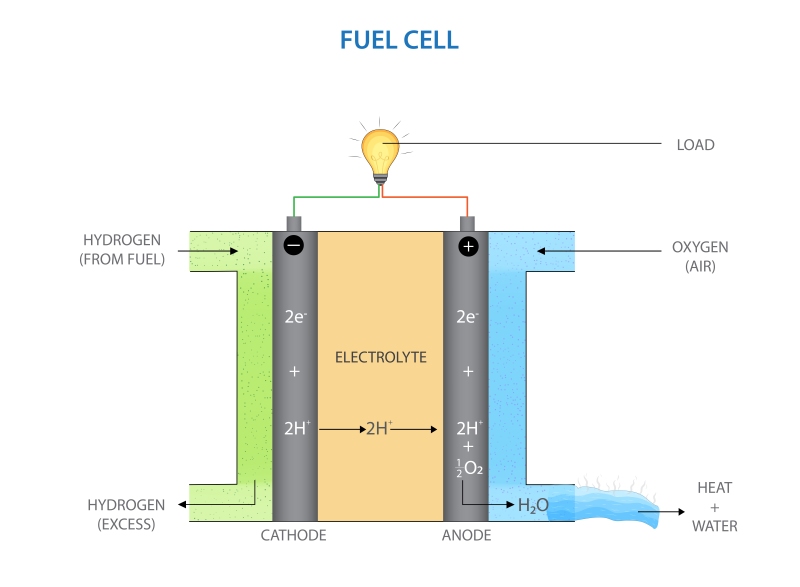The goal of the research was to look at more environmentally friendly energy backup power solutions for Iceland´s lighthouses. The practicality of fuel cell solutions was specifically examined, but this research also investigated wind turbine utilization. This research was funded by the Icelandic Road and Coastal Administration Research Fund in 2021.

Lighthouses in Iceland are operated by the Icelandic Road and Coastal Administration (IRCA), and many of them are located on small islands or in rural places remote from population and utility distribution.
IRCA operates 104 lighthouses; 48 of which are off-grid and 55 of which are connected to the utility grid. Among the 48 off-grid lighthouses:
- 44 are powered by solar cells and batteries.
- 3 by solar cells, batteries, and a wind turbine, and
- 1 by batteries only.
Of the 55 lighthouses connected to the utility grid, 14 have diesel engines as backup power source, while 41 have batteries.
The first phase of the research was to analyze the energy consumption of all lighthouses with respect to their locations and current energy solutions, or sources. The greatest need for energy in a lighthouse is where there is also radio communication equipment and a weather station. In all cases, these lighthouses feature diesel backup engines. The average maximum daily energy consumption for a lightbulb is 6 kWh, but it is around 30kWh for combined service solutions.
The second phase of the research was to gather information about manufacturers of fuel cells that offer suitable solutions as backup power. Information was obtained from eight manufacturers. Most of them offer standard plug-and-play fuel cell solutions that are of the size 500-1,000W and use either hydrogen, ammonia, or methanol as fuel. Which fuel solution is used depends not only on the availability of fuel but also on the conditions at each location (e.g., minimum temperature).
The research showed that it is most feasible to replace diesel-powered backup engines with green energy solutions such as fuel cells. The capital cost is similar, but the operating cost is lower with the fuel cell solution. For those 14 lighthouses that are connected to the utility grid, an average of 860 liters of diesel would be saved per year, which equates to 2,280 kg of CO2 per year. In addition, there is always a risk of pollution from transporting oil to remote locations that are often surrounded by untouched nature.
Another interesting finding is that a total of 25 lighthouses are connected to the utility grid but are quite remote and out of the way for electricity transmission lines. These same lighthouses have some road connections. It could be economical to disconnect some of them from the utility grid and power them directly with local green energy solutions. If the energy demand is higher than just for one lightbulb, e.g., due to other equipment such as a weather station, the energy needs of such lighthouses can be solved with mixed energy solutions based on a wind turbine and a solar cell with a fuel cell as the base and backup power.
Lighthouses with no road access, such as those located on islands and skerries, and utilize little energy (i.e., they use one lightbulb or LED). In that case, this study showed it is better to use a wind turbine instead of solar cells, or an optimal combination of the two. This would minimize the need for batteries and reduce the overall cost.
In this research, a lot of knowledge was gathered about fuel cells as backup power source. It will be useful not only for projects related to the lighthouse system in Iceland but also for other activities such as communications, tunnels, and other sensitive infrastructure.

This research was partially funded by the Icelandic Road and Coastal Administration Research Fund.
EFLA Consulting Engineers

Jón Heiðar Ríkharðsson






Follow us: